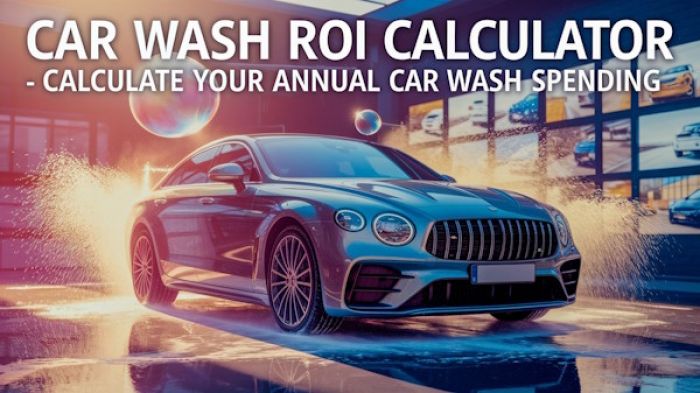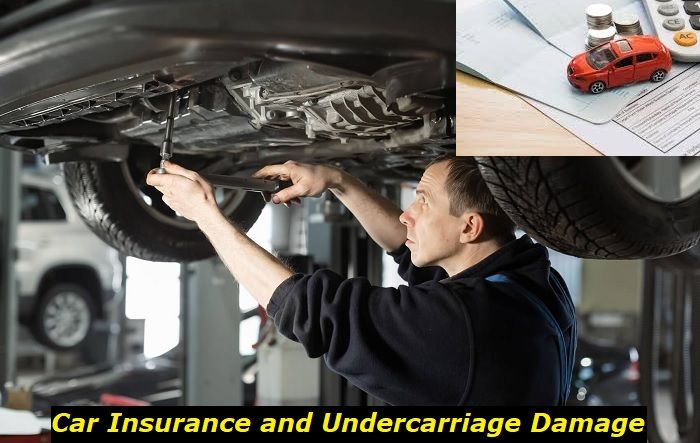A fuel injector is a tool that is used to atomize and inject fuel into an internal combustion engine. At the exact moment in the combustion cycle, the injector annihilates the fuel and compels it directly into the combustion chamber.
Injection problems highlights
- Level of importance:High
- Can you drive?Usually, yes
- DIY inspection:Possible but complicated
- DIY repairs:Mostly,impossible
- Price of repair:$350 - $850
- Commonreasons:Clogging, age, electrical problems
- How to fix:Verify electrical connectors, clean the injectors, swap them to see if the codes change
.jpg)
The key distinction between carburetion and fuel injection is that fuel injection atomizes the fuel into a tiny hole under pressure, whereas carburetion does not. To catch fuel into the airflow, a carburetor utilizes suction formed by intake air sped up through a Venturi tube.
In reaction to rising fuel necessities and price levels, Bosch developed the Diesel fuel injector in 1920. Many vehicles' speeds and acceleration have been overstated since the emergence of fuel injection.
These advancements in technology made engines more fuel efficient and effective, resulting in higher horsepower and an overall better driving experience.
Diesel fuel injectors are typically installed in the engine head with an edge inside the combustion chamber; however, the size, spray angles, and the number of holes vary by the engine. In the intake manifold, throttle body, or straight into the combustion chamber, gasoline injectors can be assembled.
It would be ideal if each new mobile phone and other electronic device came with the same charging cable. The same is true of electronic fuel injectors. Just as we get used to a particular injector, a new model is released, and we must learn some new set of commands.
This constantly evolving range of fuel injectors provides both opportunity and uncertainty for EFI swappers, performance engine builders, and engine geeks.
The Bosch multi-point injectors, which first emerged in GM TPI engines around 1985, are the broadest and tallest GM injectors. However, these modules have become less prevalent, owing to the fact that they do not provide the high levels of flow now required by today's more efficient engines. The earliest of these Bosch injectors used a connector, the Jetronic - the Bosch nom de plume for its incipient fuel injection system.
What Are EV1 Injectors
EV1 injectors are a form of injector body style developed by Bosch, distinguished by their rectangular housing and two thin adapter prongs. The most popular manufacturer of this type of injector is Bosch, but it's not the only company that distributes the EV1.
Delphi and Denso are just some of the other famous brands that supply different automobile brands. In many cases, the connector of the EV1 injector is specific to the original equipment manufacturer or OEM.
In terms of size, the EV1 follows the LSI length, which is around 2.37 inches from the O-ring's center. It also comes with a bottom and top automotive O-ring diameter of 1.4 cm. The compact build of the EV1 injector connector works perfectly for different fuel injector systems, making this variety relevant despite being released many decades ago.
The EV1 is compatible with a broad range of automobiles and car companies, including Chrysler, Nissan, Chevrolet, Buick, BMW, Toyota, Dodge, Ford, Nissan, and others.
Fuel injectors, such as the EV1, are critical components in the delivery of fuel to all types of engines. The quantity of fuel that can be supplied for every cycle is dependent on the size of the injector.
The Mustang EV1 fuel injectors are commonly referred to as the "fat" style injectors found on the early versions of Mustang automobiles. The EV1 was the most commonly used injector among Mustang models from the mid-80s to the late 1990s.
What Are EV6 Injectors
In the succeeding line of fuel injector progression, the EV6 injectors became the replacement for the EV1 injectors. When compared to the EV1 injector, the EV6 injector is remarkably similar in stature, but the injector's body has a narrower or slimmer appearance. This variant, also known as an Uscar injector connector, is very common in many updated models, including Ford, Chrysler, and GM vehicles or any car manufactured from 2006 onwards.
The EV6 fuel injector connectors are also very common on many Bosh fuel injection systems. This injector comes in various flow rates, and all have a size of 14mm O-ring, except the 1,000cc variant, which has the 11mm and 14mm options. The EV6 is also known for its high impedance that ranges from 12-15 Ohm.
A battery impedance test, in the broadest sense, is a technique for predicting potential battery problems. A sudden battery failure can be extremely inconvenient, all the more so if you rely on your vehicle to go to work. Utilizing tests to predict when a battery will fail can hopefully prevent unexpected vehicle shutdowns.
Fuel injectors are classified into two types: high impedance and low impedance. Low-impedance injectors have resistances ranging from 1.5 to 4.0 Ohms. On the other hand, high-impedance injectors have resistances ranging from 8 to 16 Ohms.
Are EV1 and EV6 Interchangeable?
If you want better fuel economy, more torque, and the same compatibility level for your vehicle, the EV6 is a perfect drop-in replacement for your EV1. EV 6 injection valves are intended to infuse fuel into the intake manifold runner as efficiently as essential to achieving a uniform distribution of fuel in airflow.
The velocity of fuel through a hydraulic piston fuel injector can have a significant impact on its capacity to absorb the fuel.
There are lengthy EV6 quad-stream injectors with identical clip-nut, connectors, lengths, and 14mm O-ring notches. This means they excellent direct replacements for the majority of injectors, such as the EV1 fuel injection system found in most vehicles today.
Valve modification is nothing new and has existed for quite some time, but people are still buying incorrect injectors with different electrical connectors.
If you decide to replace your old EV1 connector with the EV6, there will be no need for adapters, wire cutting, or other alterations. Lighten two nuts and the fuel line, pry up the fuel rail, discard the clip-nuts, remove the old injectors, replace them, and repeat.
As long as you make use of reconditioned injectors, you'll only need roughly 15 minutes to manage both rails so you can avoid any mismatches during the switching of injectors.
Another advantage of the EV6 over the EV1 is the size, as the former is quite shorter than the latter. The EV1 is longer by 2.65 mm compared to the EV6.
In addition, in terms of overall performance, the EV1 is a little bit obsolete; hence most automobile companies are changing their fuel injector systems to have the EV6 connector. However, some car enthusiasts still think that the EV1 could just deliver the same quality when compared to the newer connectors, such as the EV6.
On the other hand, if you want to be playful with your automobile and you attempt to fit an EV1 connector to an EV6 injector, you'll need a wire and an adapter. You'll discover that the EV1 will just fit perfectly to the EV6, but you won't know for how long this new connection will hold up until you start driving the thing regularly.
As always, the EV1 connector on your EV6 injector will sit on the intake and on the fuel rail. If you notice anything unusual with the setup once it's up and running, check the connections immediately.
Whether you're putting an EV6 on an EV1 harness or the other way around, the quality of the adapter will be key. Choose an adapter that lets you do the switching without modifying or cutting your existing harness. There are countless adapters being sold online that claim safety and quality, but make sure to check the reviews and people's general feedback on these items.
Never take your chances with less expensive adapters and pay the high price for your safety. These adapters commonly use crimps, wires, and unseated bent or twisted terminals that could ruin the connection you built. One major issue that you could possibly encounter with a poor choice of adapter is your engine running poorly, which will also be extremely challenging to diagnose and repair.
Cleaning your modified fuel injection system will also play a vital role in the performance of your vehicle. There are plenty of fuel injector cleaners that you can buy online for an affordable price but provide top-notch quality results. These cleaners can eliminate harmful deposits, prevent other harmful deposits from coming in, and even improve your vehicle.s overall performance.
Conclusion
Most car owners think that the EV6 has changed the way people look at fuel injectors since its introduction. While the distinction between the EV1 and the EV6 is not as glaring as people thought it might be, you'll most likely appreciate its value once you have the switching utilized for quite some time.
Moreover, people switch back to EV1 because they believe that this injector is still as solid as it can be and can be availed at a lower price. Either way, the EV1and EV6 injectors are interchangeable and undeniably useful.
About the authors
The CarAraC research team is composed of seasoned auto mechanics and automotive industry professionals, including individuals with advanced degrees and certifications in their field. Our team members boast prestigious credentials, reflecting their extensive knowledge and skills. These qualifications include: IMI: Institute of the Motor Industry, ASE-Certified Master Automobile Technicians; Coventry University, Graduate of MA in Automotive Journalism; Politecnico di Torino, Italy, MS Automotive Engineering; Ss. Cyril and Methodius University in Skopje, Mechanical University in Skopje; TOC Automotive College; DHA Suffa University, Department of Mechanical Engineering






Add comment